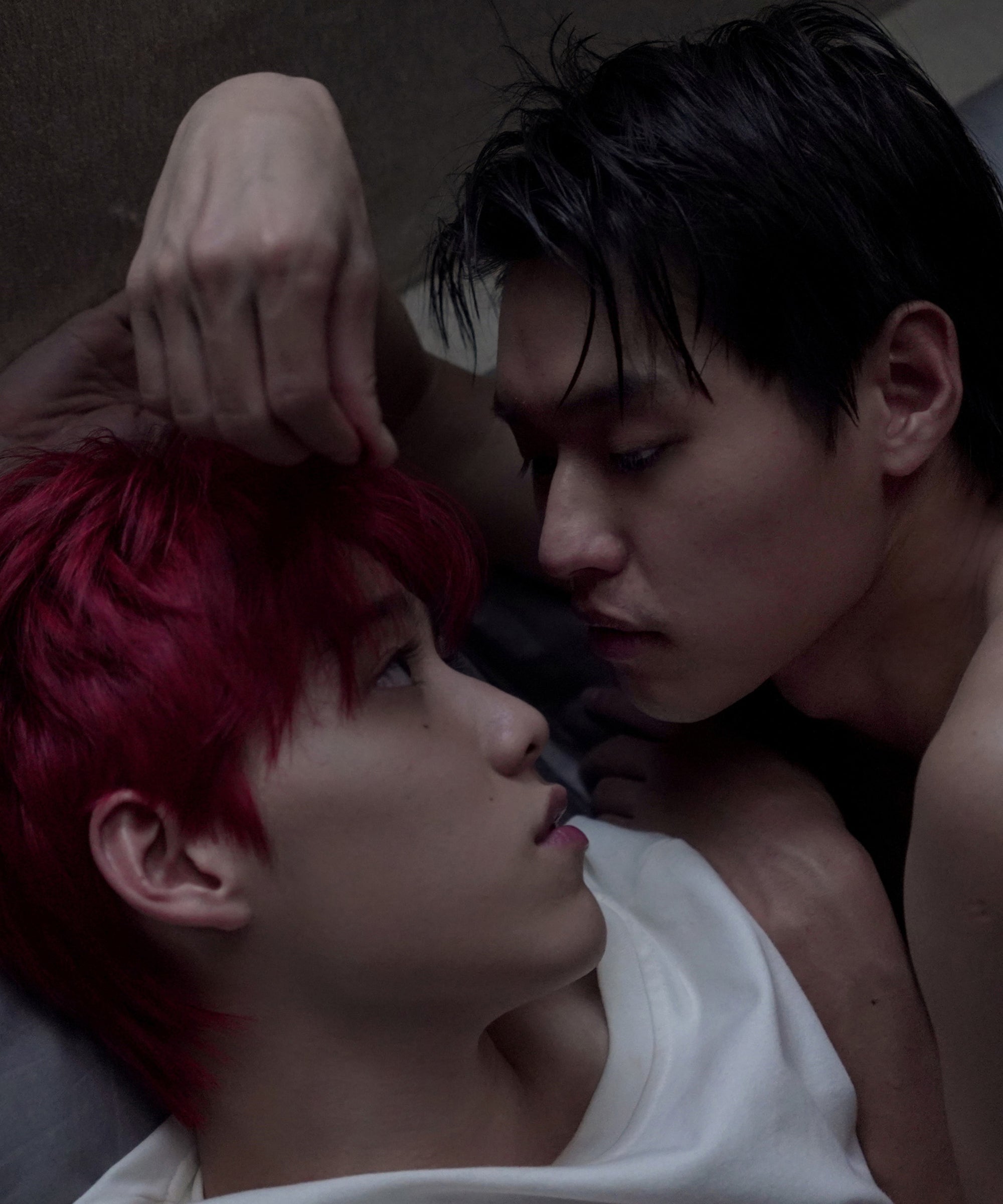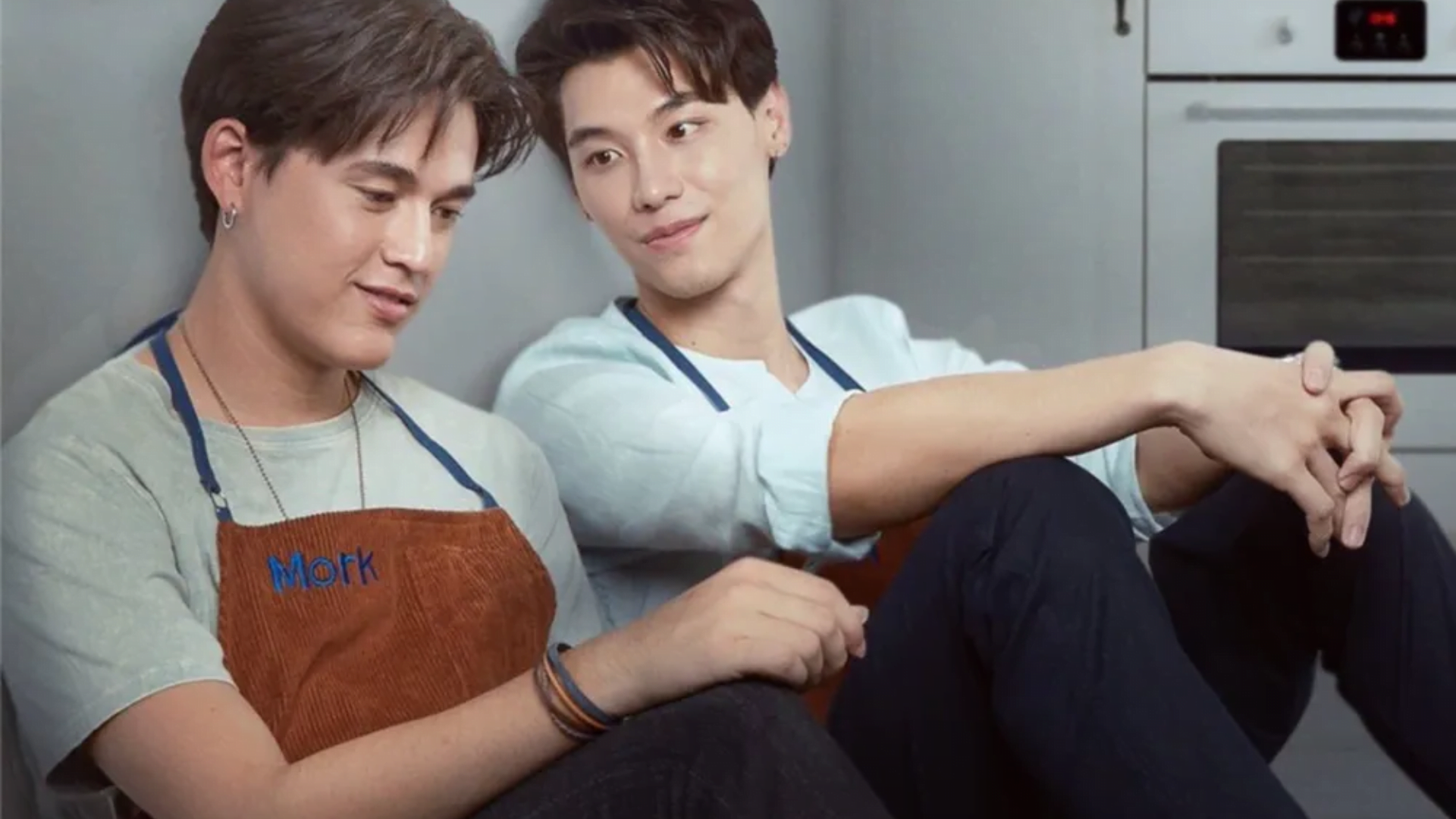Boys’ Love media (hereafter referred to as BL), depicting same-sex relationships between (usually young, conventionally attractive, and idealised) men, is not a new genre by any means. Having had its origins in Japanese Shōjo manga of the 1950s and ’60s, it garnered relative popularity with the works of the Fabulous Year 24 Group/Fabulous Forty-Niners (a group of female mangaka, most notably Ikeda Riyoko, Hagio Moto, and Takemiya Keiko), who wrote homoerotic stories depicting largely adolescent boys and young men from Western countries, with a readership comprised mostly of women (Welker, James. (2015).
Since its inception, Boys’ Love has undergone considerable shifts in styles and audiences and, as of the past decade, has seen a boost in transnational popularity.

With popularity undoubtedly came different ways of perceiving BL media and the industry itself, and it has been subjected to no small amount of criticism from the conservative as well as liberal sides. The obvious conservative opposition to homosexuality aside, BL has also been branded as a tool for fetishism by straight women and has been called unrealistic in its representation of gay relationships. Some critiques are warranted, but at times they have tended to overshadow the promising changes BL has made in the lives of its consumers.
With popularity undoubtedly came different ways of perceiving BL media and the industry itself, and it has been subjected to no small amount of criticism from the conservative as well as liberal sides. The obvious conservative opposition to homosexuality aside, BL has also been branded as a tool for fetishism by straight women and has been called unrealistic in its representation of gay relationships. Some critiques are warranted, but at times they have tended to overshadow the promising changes BL has made in the lives of its consumers.
This article is written with the intent to counter some of the bad creds BL has received with the positive transformations brought about by its increased popularity.
BL actively discusses marriage equality and supports the LGBTQ+ community
Actors such as Max Nattapol, Tul Pakorn, and Saint Suppapong are only a few of many who have been very vocal about their advocacy for the LGBTQ+ community, going beyond the promotion of their series to actively show their support.
Recent shows Not Me Series and Cutie Pie Series both conveyed solidarity with the LGBTQ+ community within the plots themselves and also with conversations that they started and brought forward, which are connected to the pressing issue of marriage equality in Thailand.
There was a comparison made to what has become an iconic scene from Not Me, with the main characters participating in a pride parade-cum-march for marriage equality, and a parade that happened in Thailand recently, which evoked a striking resemblance to one another, and saw reactions from both fans of the series, as well as the cast, who too showed their support for the movement.
Boys’ Love providing safe spaces for queer fans
The impact is more nuanced than just saying that any representation is a good representation, but the increasing popularity of Boys’ Love is also giving rise to spaces where fans get together to discuss their favourite series and also find solidarity with each other. While queer fans have been at the forefront of demanding series representative of real queer individuals (and this is true for both BL and queer media in other contexts), the fact that BL has had a boost in popularity has also prompted greater production of BL series, many of which have shown great depth and sensitivity in their portrayal of gay relationships.

BL, in particular Thai BL series, has undoubtedly been influenced heavily by Japanese yaoi. However, in what can be seen as an emancipatory move, some fans have tended to strategically “misread” the history of Thai BL, to separate it from its Japanese influence, and decode it in a manner that fits their understanding of what it means to be queer (Baudinette, Thomas. (2020). This is only one example of how BL has been deconstructed and differently decoded to empower the queer fans that consume it.
The impact is more nuanced than just saying that any representation is a good representation, but the increasing popularity of Boys’ Love is also giving rise to spaces where fans get together to discuss their favourite series and also find solidarity with each other. While queer fans have been at the forefront of demanding series representative of real queer individuals (and this is true for both BL and queer media in other contexts), the fact that BL has had a boost in popularity has also prompted greater production of BL series, many of which have shown great depth and sensitivity in their portrayal of gay relationships.
Addressing misconceptions about fetishism
While Boys’ Love is garnering attention from and achieving popularity in openly queer spaces, a considerable chunk of its audience is still perceived to be cis-heterosexual women, and their consumption of BL is touted as fetishistic. There are two points of contention when such an assumption is made. The presumption that certain fans are necessarily cis-female and heterosexual is itself based upon other, heavily biased notions of what cis-heterosexual women are supposed to be like. A person thought of as a cis-heterosexual woman may very well be a closeted non-binary queer person who is not ready to come out, nor should they be forced to, in order to justify their consumption of queer media.
Moreover, addressing the bias against cis-heterosexual women consuming BL — a simple question that needs to be asked is — why can’t they? Within fandom spaces, there has been a recent trend towards a moral puritanism that frowns upon any sexual content, which immediately gets branded as fetishism without delving into the how or why.

Cis-heterosexual women, while being in a more privileged position than queer, trans and non-binary individuals, too are marginalised with respect to their sexual agency, a fact that is forgotten by many who deride them for their interest in Boys Love media. They have every right to explore their own sexualities in a safe space; in the same sense that queer media (including BL) provides safe spaces to queer individuals, it can also allow women to subvert heteropatriarchal notions of male-female relationships (Kwon, Jungmin. (2019). In consuming media that to them is more egalitarian in the context of the relationship, and in cases where they identify with one of the characters in the relationship, they can articulate their sexual freedom while at the same time be able to maintain a theoretical distance if they so choose.
Cis-heterosexual women, while being in a more privileged position than queer, trans and non-binary individuals, too are marginalised with respect to their sexual agency, a fact that is forgotten by many who deride them for their interest in Boys Love media. They have every right to explore their own sexualities in a safe space; in the same sense that queer media (including BL) provides safe spaces to queer individuals, it can also allow women to subvert heteropatriarchal notions of male-female relationships (Kwon, Jungmin. (2019). In consuming media that to them is more egalitarian in the context of the relationship, and in cases where they identify with one of the characters in the relationship, they can articulate their sexual freedom.
While Boys’ Love media has faced criticism for the one-dimensional portrayal of female characters, that too is changing. It is not only shows like Gameboys which have female characters shown to be three-dimensional and having roles beyond that of the sexy lamppost, but the popularity of BL has also, directly and indirectly, created more representation of GL (Girls’ Love) couples and series, such as Ink and Pa in Bad Buddy Series and Mon and Sam in the upcoming GAP Series.
Also read: Japanese Anime: Deconstructing The ‘Strong’ Female Character Tropes
Conclusion
There is a lot to be done to increase representation both within Boys’ Love media themselves and their creative process. Boys’ Love media is by no means a perfect representation of queer relationships, but with every show, the industry is evolving, bringing in greater diversity in storytelling and representation. In less than a decade, the BL industry has grown manifold in popularity, and a great part of its success must be attributed to everything it has both advertently and inadvertently done to provide support to real queer (and non-queer) individuals and to increase their representation in hitherto heteronormative spheres.
Also read: The Way Of The Househusband: A Peculiar, Funny & Feminist Anime Series
Devanshi Sarin(she/her) recently finished her Master’s in Sociology from the University of Delhi and is preparing to pursue a PhD in East Asian pop culture fandom studies.
Featured image source: The Nerd Daily





Good… Devanshi .. Keep it up!!